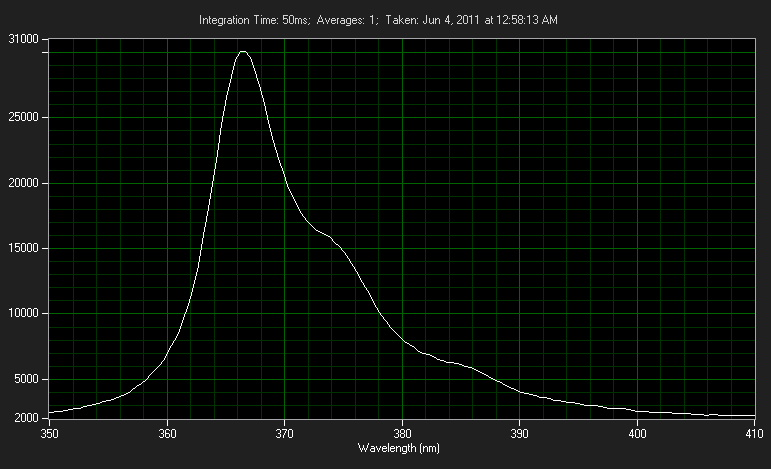- Joined
- Jun 7, 2012
- Messages
- 1,683
- Points
- 63
Has anyone played with these yet? Or found them cheaper?
5mm LED - Ultra Violet 351nm 15 Degree Viewing Angle
5mm LED - Ultra Violet 351nm 15 Degree Viewing Angle

Follow along with the video below to see how to install our site as a web app on your home screen.
Note: This feature may not be available in some browsers.



A 351 nm led will probably have a gaussian wavelength profile that perhaps drops to 1% at 375 nm or something like that.


